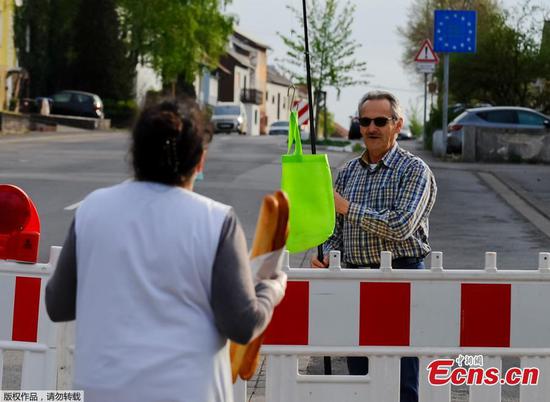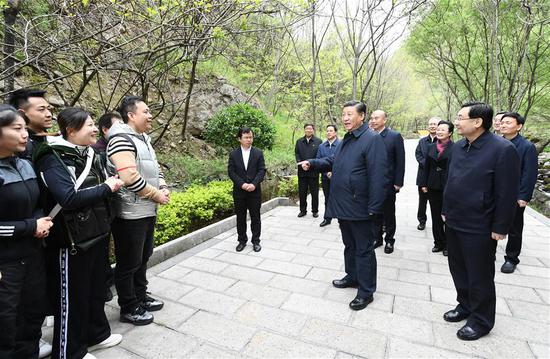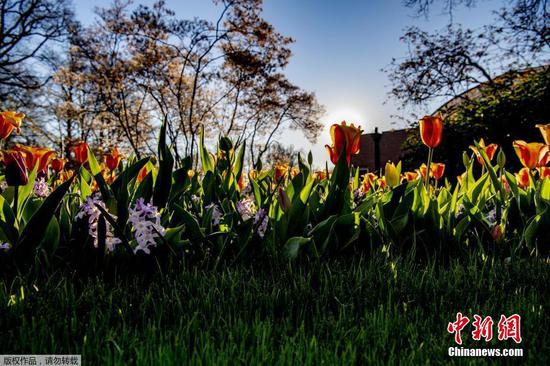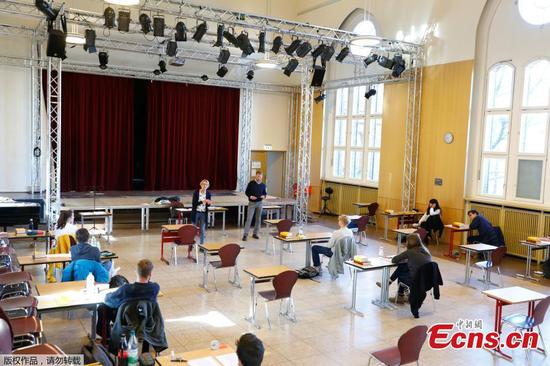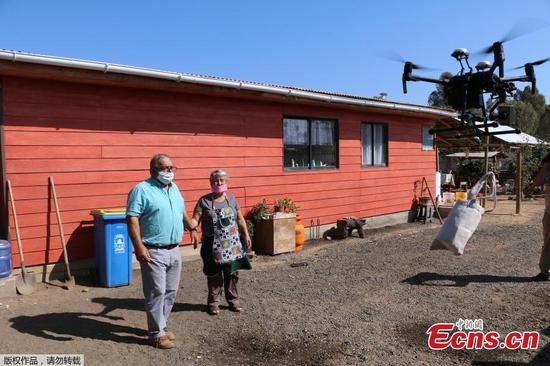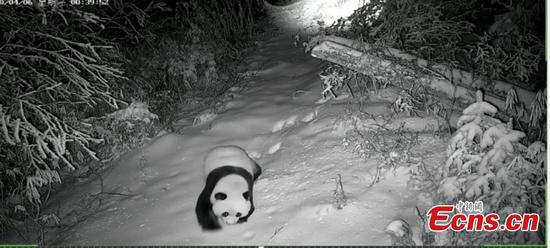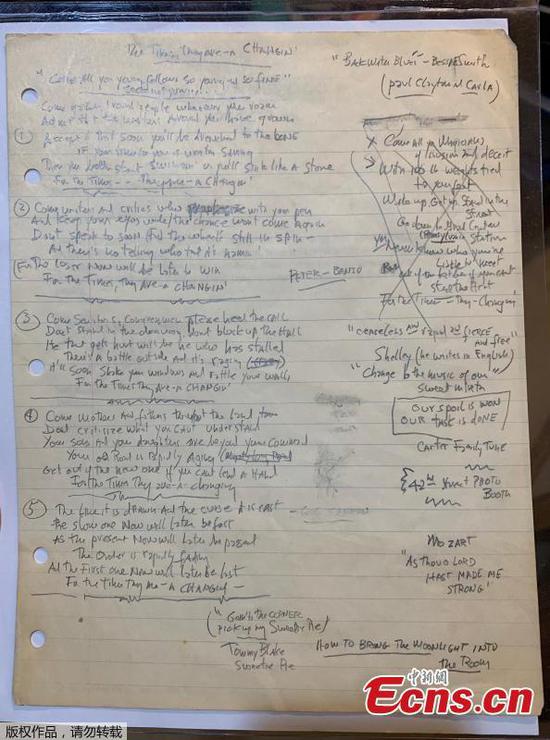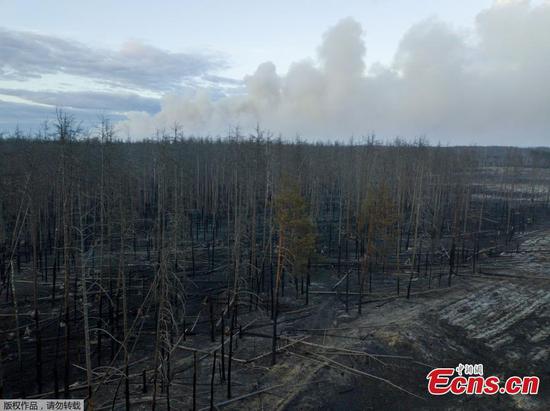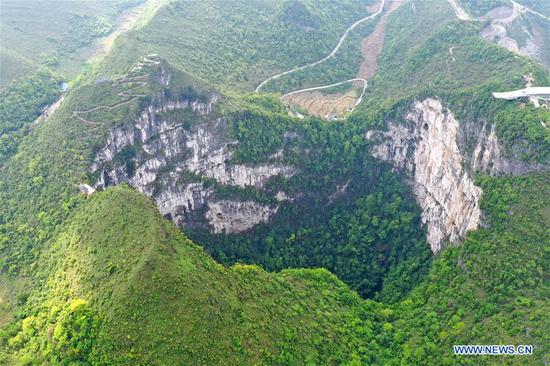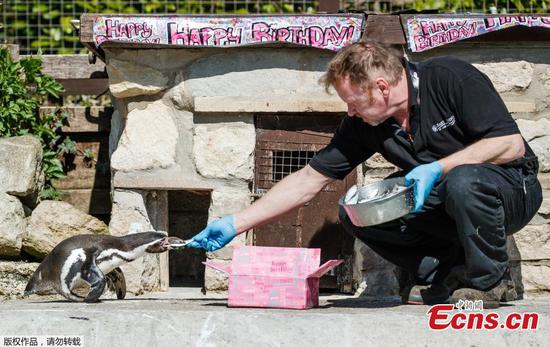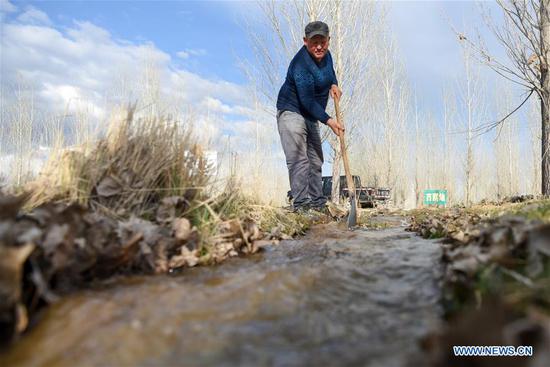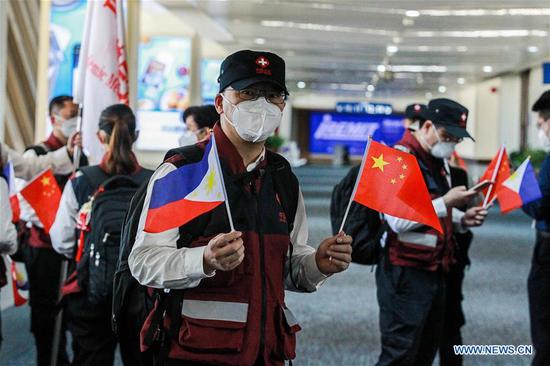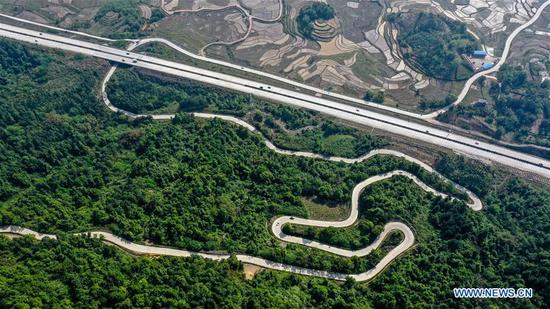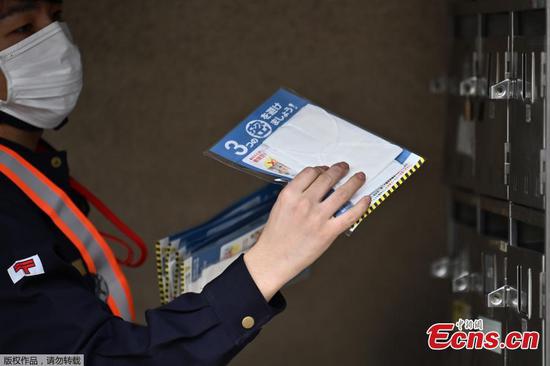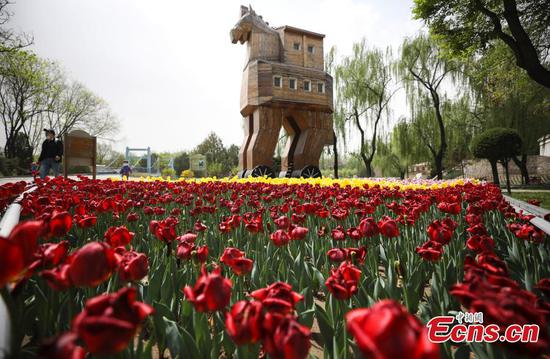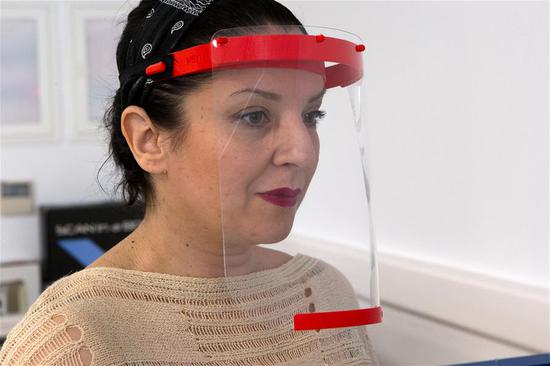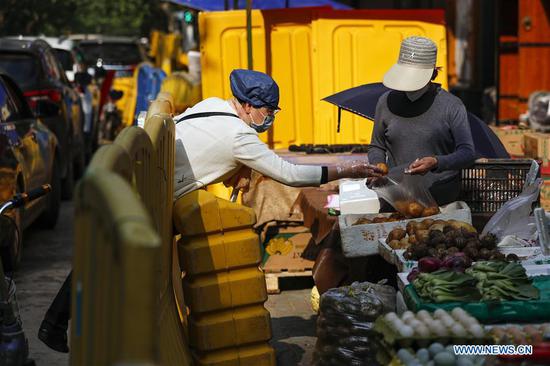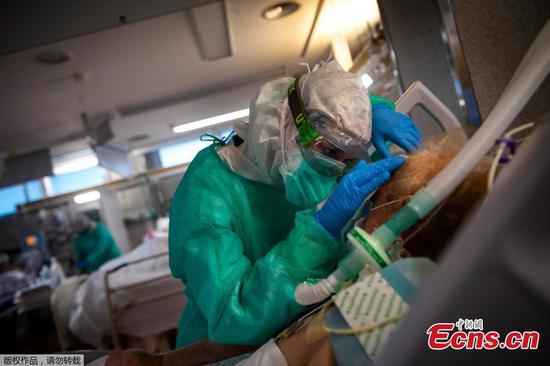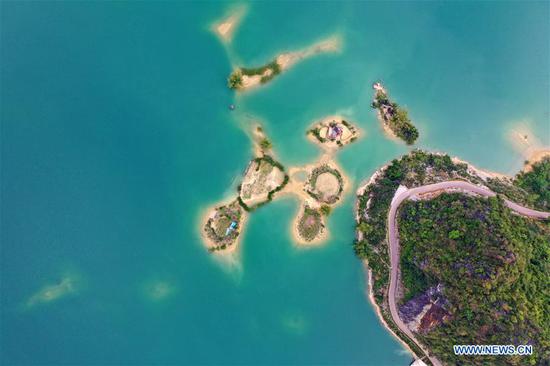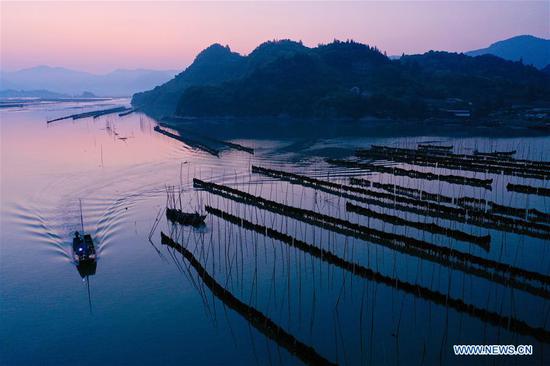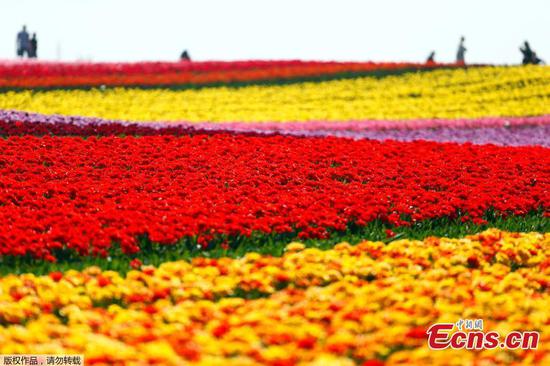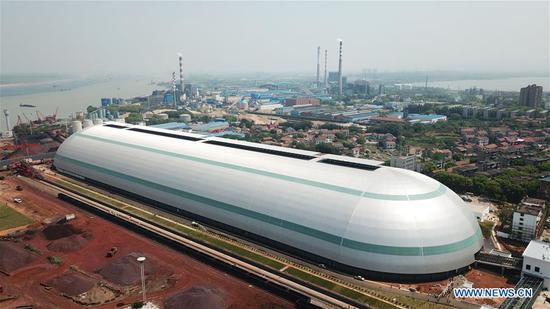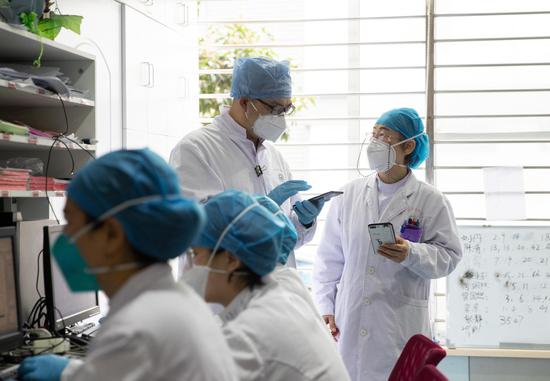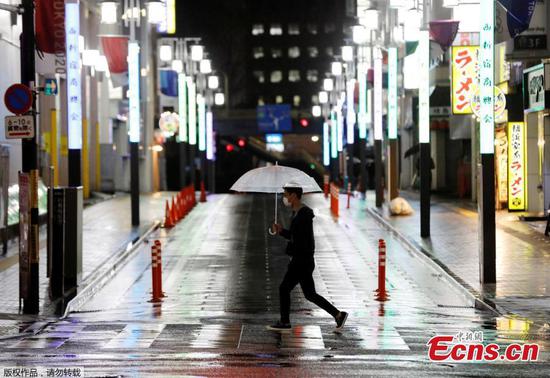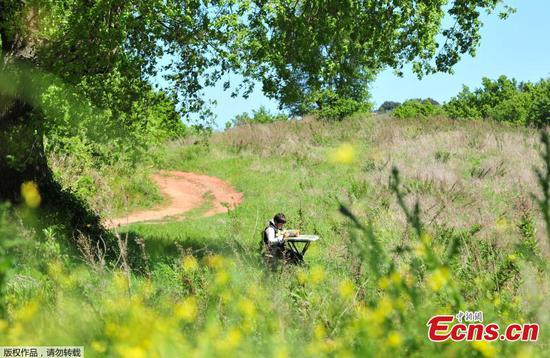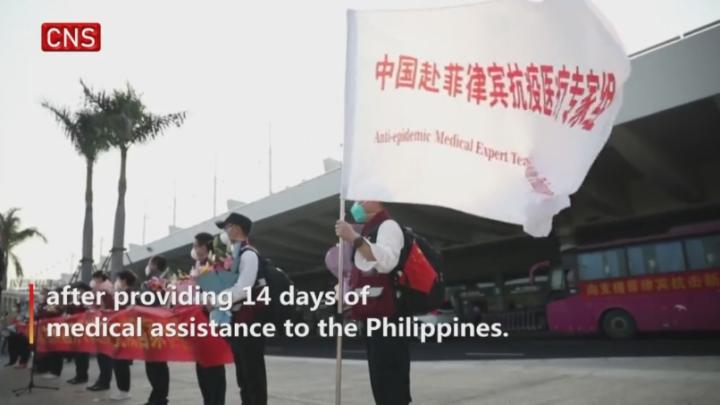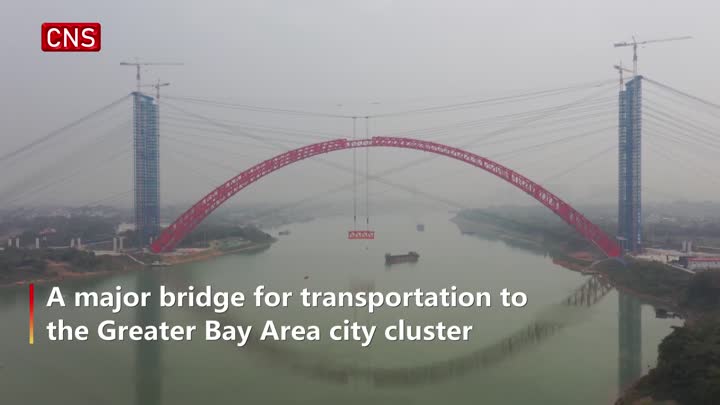
The country is expected to conclude a report by the end of this year examining options for the western route of the South-to-North Water Diversion Project.
The report will compare options for the route across the Qinghai-Tibet Plateau, sending water from the Yangtze River, the country's longest, to the Yellow River, the second longest, according to the Yellow River Conservancy Commission.
To finalize the report, an 18-member team left Zhengzhou, Henan province, on Friday for a 20-day "comprehensive survey" to study an option to take water from two locations in Sichuan province.
With the Lianghekou section of the Yalong River and the Shuangjiangkou section of the Dadu River as water sources, the option proposes to end the western route in the Taohe River, a tributary of the Yellow River in Gansu province, according to the commission.
The team, which boasts expertise in geology, exploration and engineering design, will visit the proposed sites for tunnels and main buildings. Major geological structures along the proposed route will also be inspected, it said.
Since the first survey in 1952, achievements have been made in research and examination over the western route, "a strategic water resource allocation project that will support ecological and environmental protection and high quality development in the Yellow River basin", the commission said.
Initiated as early as the 1950s, the South-to-North Water Diversion Project consists of three planned routes. While the eastern route was put into operation in 2013 and the middle route in 2014, construction has not yet begun on the western route.
In November, while presiding over a work meeting on follow-up efforts in the South-to-North project, Premier Li Keqiang called for more effort to push forward the project and other key water conservancy projects to address uneven distribution of water resources, while tapping their potential in stabilizing economic growth and creating jobs.
In addition to asking to push the follow-up construction of the eastern and middle routes at an appropriate time, Li also urged that an examination of the options for the western route be carried out.









